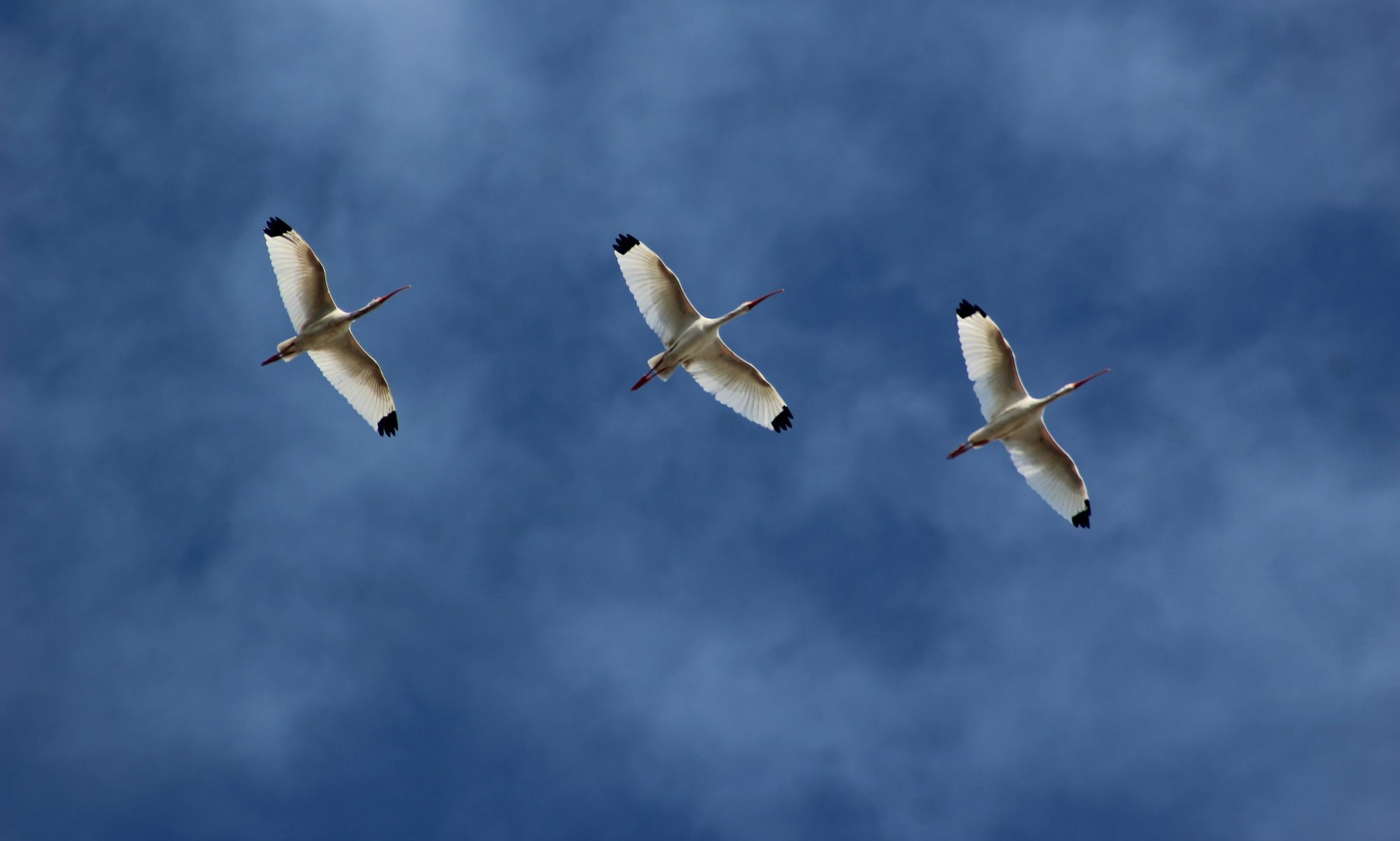Students are introduced to methods of scientific investigation by designing hypothetical experiments to test hypotheses about the world around us. Examples from the instructor’s research or current events can be used to make the exercise more relevant to students. Scenarios for controlled and correlation studies will be used so that students experience multiple methods of experimental design. What counts as scientific evidence? Students could apply scientific reasoning to the evidence for global climate change, medical treatments (vaccines) and claims of products such as detoxifying footbaths, high-dose vitamins, and balance bracelets (or amber teething necklaces).
Scientific Inquiry Learning OutcomesAt the end of this module, students will be able to:
- Distinguish among ideas that can and cannot be tested by science; evaluate statements and determine which are scientific or and which are not scientific.
- Create and defend a scientific argument by identifying and evaluating valid sources of scientific evidence.
- Distinguish among the scientific terms: theory, hypothesis, and prediction.
- Construct hypotheses to explain biological phenomena:
- Propose hypotheses that are appropriate to the given scenario or question.
- Evaluate several hypotheses to select the one which best explains observations, or is best supported by data.
- Predict what would be most likely to occur under given experimental conditions in a test of a specific hypothesis, and justify predictions using biological concepts.
- Design experiments to test biological hypotheses:
- Identify the dependent and independent variables, and control and experimental treatments in any experiment.
- Identify situations in which no “control treatment” is appropriate, and design an experiment where subjects are tested more than once or the experimental treatment levels take a wide range of values.
- Justify the steps and procedures for an experiment.
- Create graphs from a data set.
- Decide what type of graph is the most appropriate type to display a data set.
- Decide to which axis each variable should be assigned in order to represent a specific hypothesis properly.
- Use experimental results to support or refute a hypothesis:
- Interpret graphs and/or raw data with respect to a hypothesis
- Distinguish correlation from causation, and correctly attribute phenomena to biological mechanisms.
- Demonstrate how to distinguish observations/data resulting from a specific cause from those caused by random chance.
- Explain why experimental evidence may lead to multiple interpretations, and propose ways to address this limitation (e.g., many samples should be taken, many related experiments should be performed).
- Interpret and communicate scientific ideas effectively
- Use the conventions of scientific writing, including images and graphs, e.g. in laboratory reports.
- Interpret and paraphrase information from valid sources, such as the textbook and the primary literature.
- Explain why hypotheses and even theories may be subject to revision.

